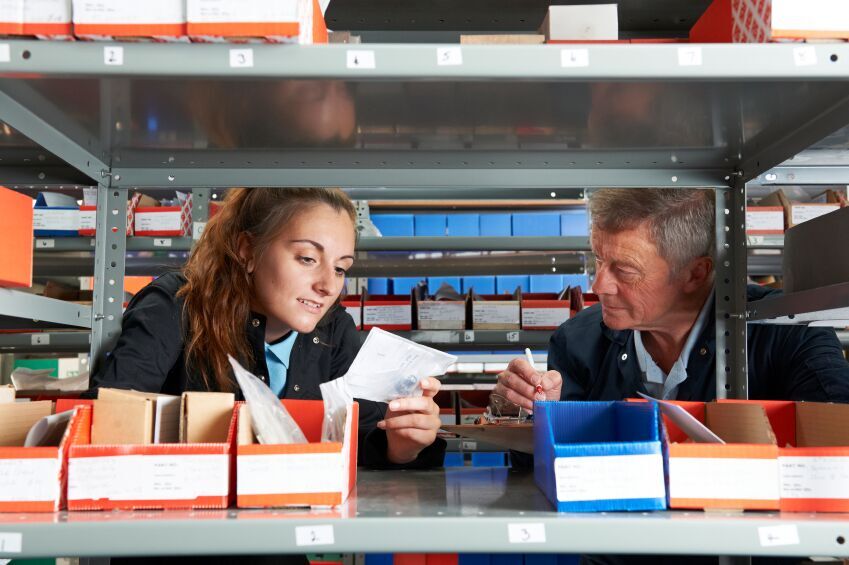
I heard a conference speaker once say that their biggest training challenge was getting their theme park employees to tuck in their shirts and pull up their sagging pants.
The host of the quirky Been My Pleasure YouTube channel (for food service professionals) recently shared with me his frustration in getting some servers to understand they need to change shirts after getting haircuts so loose hairs don’t make it into the food. Appearance and attitude – two topics included in every retail training orientation I have every created for clients.
But are smiling, taking a bath and tucking in your shirt really topics requiring training? Are they really the retail training essentials or are they job requirements?
Retail Training Essentials
Many years ago when I took the underground tour at Disney with a group of instructional designers, we noticed a large poster that is the last thing all Disney cast members see as they enter stage. The first item on the list was “Be Happy”. One of my colleagues glibly asked, “How do you ensure that performance behavior?” to which the Disney tour guide calmly and confidently replied, “Because we tell them to.” Being happy is a job requirement because it is critical to the mission of making guests welcome in the most magical and happy place on the planet.
We all know that being happy is a state of mind and everyone walking in a retail store certainly responds positively or negatively to how they are treated by the sales associate. If sales associates smile, look nice and approachable, are kind, pleasant and helpful, the customer is more likely to engage with them, purchase products and return to future shopping trips.
Service and Engagement
In the retail environment, it’s all about customer service and engagement. In fact, the National Retail Federation offers certification programs in Customer Service and Sales and Advanced Customer Service and Sales. These certifications support the critical work functions defined in the U.S. Department of Labor Occupational Skill Standards for Retail.
- Critical Work Function 1: Learns about Products or Services
- Critical Work Function 2: Assess Customer Needs
- Critical Work Function 3: Educates the Customer
- Critical Work Function 4: Meets the Customer’s Needs and Provides On-going Support
- Critical Work Function 5: Prepares for Selling
- Critical Work Function 6: Gains Customer Commitment and Closes the Sale
- Critical Work Function 7: Develops and Implements a Sales Follow-Up Plan
Focus for Retail Training
So where should your focus be in terms of retail training essentials? Where do you draw the line between job requirements and skill development as you look at using training as a solution to performance gaps?
Maybe you post a sign that says, “Smile, Take a Bath, and Tuck in Your Shirt” and then focus your time and resources on developing skills that improve crucial work functions and performance results on the sales floor.
